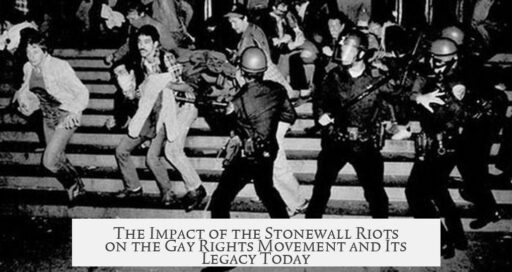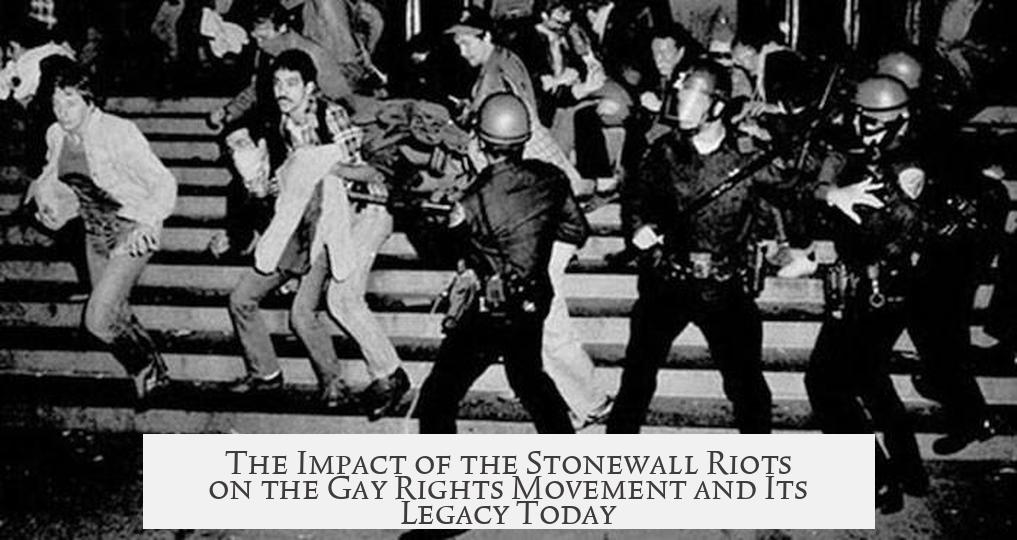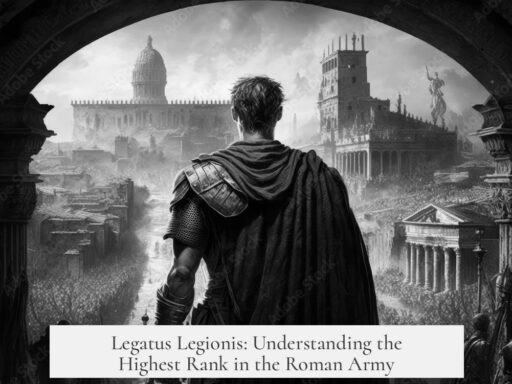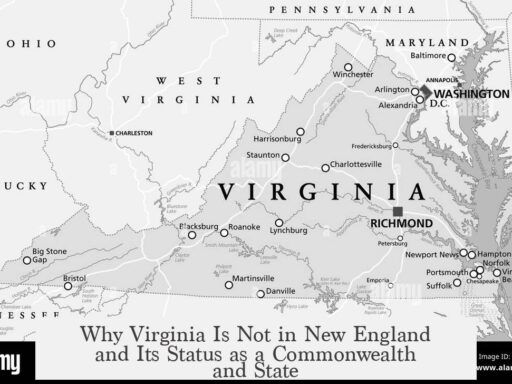The Stonewall riots are famous and important to the gay rights movement because they marked a decisive break from past covert and mild activism into an open, politically charged, and non-apologetic fight for visibility and rights. These June 1969 events sparked new energy and unity across diverse gay communities. They formed the foundation of modern gay rights activism.
The riots began during a police raid at the Stonewall Inn, one of the few safe spaces for LGBTQ+ people in New York City. Police brutality at that moment unexpectedly collided with fierce resistance from patrons. The LGBT community, long subjected to harassment, seized the moment to fight back. They overwhelmed the police, who had anticipated an easy round of arrests.
This reversal of power—a minority group making police fearful—was extraordinary. For the first time, many gay people felt empowered and defiant. This event shattered prior strategies that focused on discretion and mild demands.
Following Stonewall, newly formed organizations embraced visibility and political activism. Members were openly gay and unapologetic about their identity. The movement gained a sharp, inclusive focus, uniting people across races, cultures, and political beliefs.
- Before Stonewall, gay groups hid their agendas with obscure names.
- Afterward, groups asserted their rights openly and demanded equality.
- The movement took a clear political charge and focused on confronting oppression.
Transgender women played pivotal roles in the riots but were later marginalized in mainstream histories. Figures like Sylvia Rivera and Marsha P. Johnson fought alongside other patrons. Over time, their contributions were minimized or erased by parts of the gay rights movement. This erasure remains contested today.
The cultural impact also reflects Stonewall’s significance. Prior to the riots, media portrayals of gay men showed internalized struggles and stereotypes. For example, the play The Boys in the Band (1968) offered a complex but somewhat positive portrayal. Yet the 1970 film adaptation highlighted melodramatic and harmful stereotypes. After Stonewall, media began shifting toward depictions emphasizing pride and resistance.
Stonewall’s fame partly stems from its role as a catalyst that inspired ongoing activism and community building. Plans to designate the Stonewall Inn as a National Historic Landmark recognize its deep historical importance.
Still, scholars debate the singular importance of Stonewall. It was not the absolute beginning of gay rights activism but symbolized a new willingness to publicly resist. Other efforts and events existed before 1969. Yet Stonewall stands out as the moment when many individuals realized collective strength was possible.
| Aspect | Details |
|---|---|
| Trigger | Police raid and brutal harassment at Stonewall Inn |
| Reaction | Patrons fought back violently and locked police inside |
| Outcome | Rise of openly gay organizations and political charge in movement |
| Key contributors | Notably transgender women such as Sylvia Rivera, Marsha P. Johnson |
| Cultural shift | From hidden, mild activism to visible, confrontational rights fight |
| Legacy | Symbol of resistance; subject of historical debate; movement landmark |
Efforts continue to preserve Stonewall’s legacy accurately. Recognition of transgender participants and addressing historical erasure remain essential to understanding its full impact.
- Stonewall changed tactics from concealment to visibility.
- It empowered a diverse, politically energized gay rights movement.
- Transgender women’s roles were critical yet often overlooked.
- The riots exemplified resistance against police brutality and fear.
- Stonewall remains a symbol rather than the sole origin of gay rights activism.
Why Are the Stonewall Riots So Famous and Important to the Gay Rights Movement?
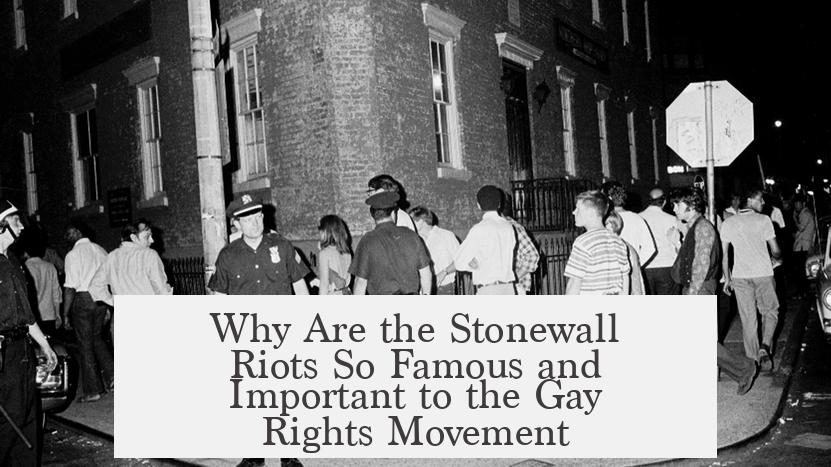
The Stonewall riots mark the spark that ignited the modern gay rights movement, symbolizing a fierce stand against oppression and the birth of a community’s unapologetic fight for equality. Prior to Stonewall, the gay rights movement was a timid whisper, hidden in shadows and obscure group names. Post-Stonewall, it roared into an open, bold quest for recognition and justice.
The story of Stonewall is not just a moment in time but a dramatic turning point, where forgotten heroes stepped forward, a marginalized community found its voice, and the fight for gay rights became unmistakably political, diverse, and unyielding.
The Trigger: Police Brutality and a Community’s Defiance
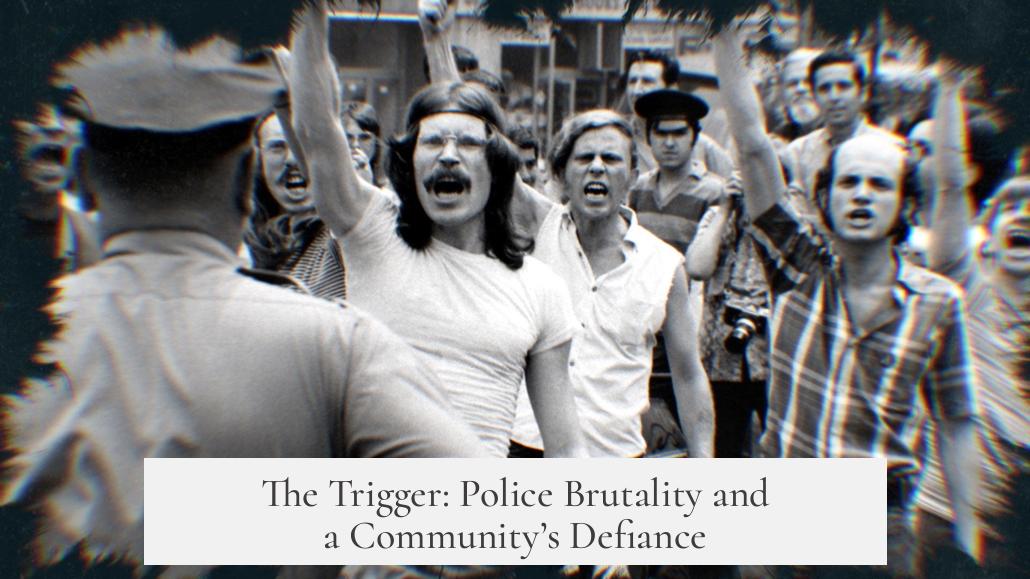
Think back to 1969 in New York City—a time when being gay wasn’t just frowned upon; it could land you in jail or worse. The police routinely harassed and brutalized LGBTQ+ people for their own twisted amusement. One night, the NYPD stormed into the Stonewall Inn, a rare haven for the city’s gay community. What they expected was another quick raid filled with easy punches and intimidation.
But the patrons, including a significant, though often overlooked, group of transgender women, fought back. The crowd outnumbered the police and, due to communication failures among law enforcement, the riot escalated. For the first time, the oppressed didn’t just take the abuse—they turned the tables. Instead of being victims, they made the police prisoners inside the Stonewall Inn.
This reversal sent shockwaves through the gay community everywhere. The idea that they could resist and even cause fear in their oppressors was revolutionary. This explosion of resistance was a long time coming, and when it finally happened, it changed the very nature of LGBTQ+ activism.
Pivotal Roles of Transgender Women—and Their Erasure
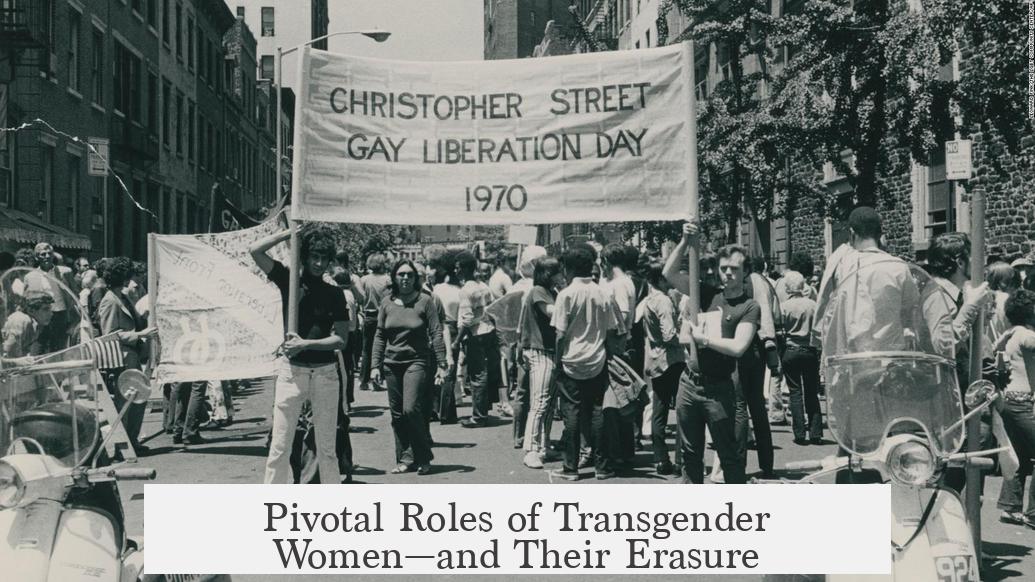
Stonewall wasn’t just about gay men—it was also about transgender women, many called “crossdressers” at the time. Figures like Sylvia Rivera and Marsha P. Johnson played crucial roles in the riots. They sparked rebellious actions and kept the momentum going during those critical nights. Yet, sadly, their contributions have frequently been erased or downplayed in the broader gay rights narrative.
Roy McCarthy, a gay man who was there, recalls how transgender people’s involvement was later written out by the larger movement—an erasure that persists even today.
This sidelining isn’t just bad history; it’s a missed opportunity to honor those who fought hardest and hardest to be seen. Recognizing transgender activists’ roles adds complexity and richness to the story, reminding us that the movement was always intersectional.
From Stealth to Visibility: Stonewall’s Birth of Modern Gay Rights Activism
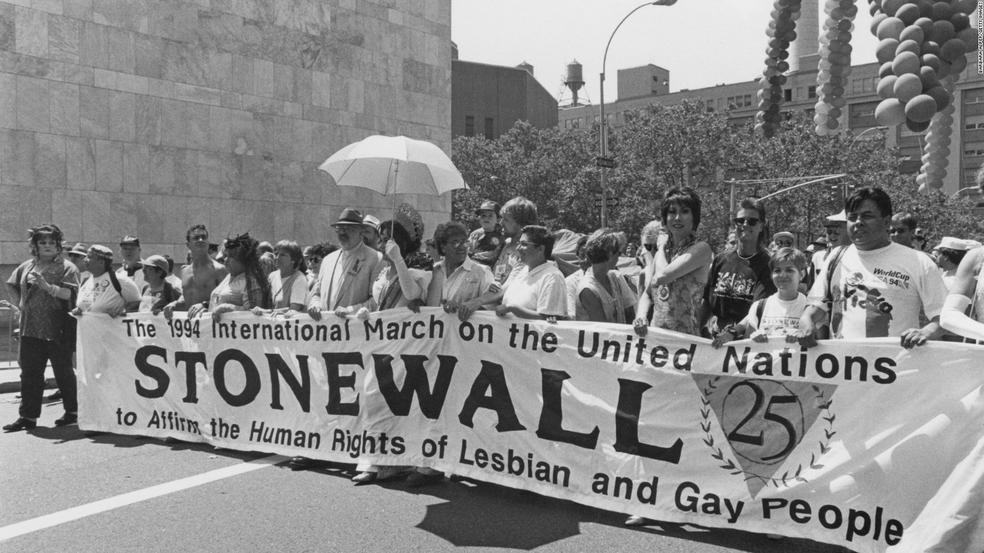
Before Stonewall, gay rights groups wore masks—figuratively and literally. Their names were obscure. They hid their true aims. Confrontation? Not really on the agenda. Their activism was more about survival—and laying low.
Stonewall changed all that. It introduced a new model of activism that shouted, “We are here, and we are not backing down.” Suddenly, thousands realized they could unite openly and fight for a better, freer life. Groups formed that resembled today’s LGBTQ+ advocacy organizations, openly declaring their members’ identities and political aims.
- Members were openly gay.
- Goals were clear and non-apologetic.
- Confronting oppressors became a strategic choice.
This stretching of the movement’s muscles brought together a startling diversity of people. Gay individuals came from every race, culture, religion, and political viewpoint, making organizing a unique challenge. But it also made the movement richer and broader than ever before.
The Cultural Turnaround: Media Reflection Pre- and Post-Stonewall
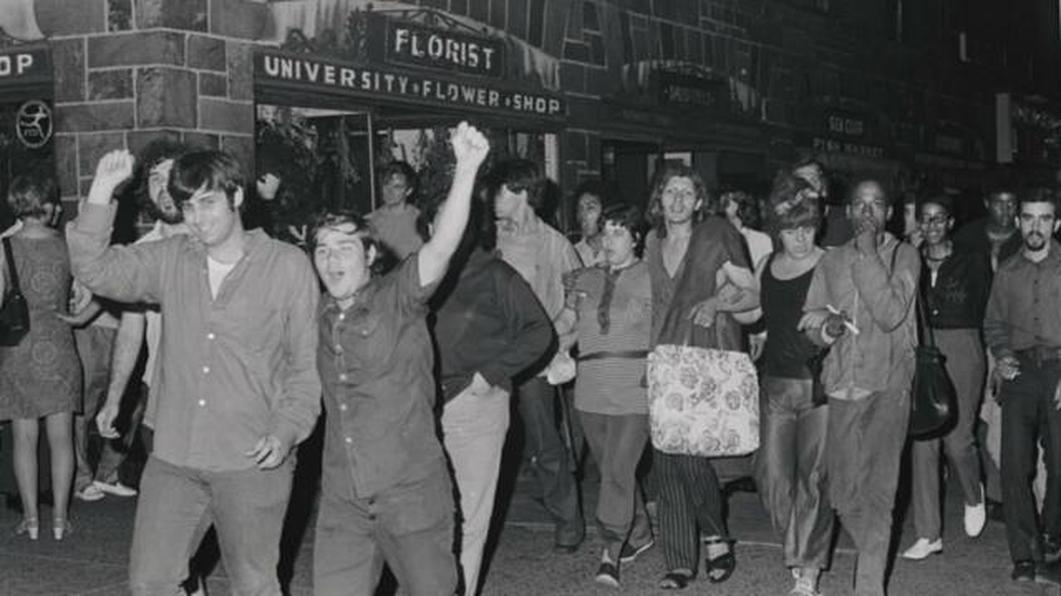
Stonewall’s impact rippled into culture too. Consider the play The Boys in the Band: premiering a year before Stonewall, it depicted gay men with a rare authenticity that gave many a boost in self-esteem. But when the movie version released shortly after Stonewall, it was criticized sharply.
Why? Because it portrayed cruel self-criticism, characters trying to cure themselves, and a heavy dose of melodrama that clashed with the newfound self-confidence and pride growing within the community. This stark contrast shows just how much cultural attitudes and self-perception shifted around Stonewall. The term “pre-Stonewall” came to signify an era of quieter, often self-flagellating portrayals of gay life, while “post-Stonewall” acknowledged pride and resistance.
Ongoing Recognition and Debate: How Much Did Stonewall Really Matter?
The Stonewall riots have long been hailed as the definitive start of the gay rights movement. However, recent scholarship has challenged this narrative. Historians now argue that gay activism existed before Stonewall and that claiming it as the sole starting point oversimplifies a complex history.
For instance, Eisenbach’s book Gay Power explores this debate in depth, revealing the layered and multi-faceted nature of LGBTQ+ activism before and after Stonewall. Despite these debates, one thing remains clear: Stonewall is more than a moment; it is a powerful symbol of resistance and hope.
Efforts to recognize the site have also progressed. The National Park Service is working on designating the Stonewall Inn as a National Historic Landmark. Such an honor acknowledges Stonewall’s enduring significance in American and LGBTQ+ history.
Why Should We Care About Stonewall Today?
For anyone wondering why Stonewall remains so famous and important, its answer is simple: It gave a disempowered community a voice and empowered them to stand together. It shows the power of resistance when the oppressed refuse to stay silent and passive.
It also reminds us that history is messy. Heroism comes from many faces, including transgender women whose stories deserve to be told. The fight for justice is ongoing, and Stonewall’s legacy encourages continual visibility, inclusion, and courage.
Imagine if the people inside the Stonewall Inn had simply complied that night. Would the gay rights movement have exploded into the mainstream when and as it did? Probably not.
That night in 1969, they chose defiance. And because of that, millions today enjoy rights and freedoms once unimaginable.
Practical Takeaways from the Stonewall Legacy
- Visibility is power. From Stonewall onward, the LGBTQ+ movement proved that staying in the shadows doesn’t lead to progress.
- Diversity strengthens movements. The community’s multiple identities—from race to gender identity—made organizing tough but richer and more representative.
- Don’t erase contributors. Including transgender voices honors the full story and connects past struggles to current fights.
- Resistance can be empowering. Stonewall shows that oppressed groups can reclaim power and fear their oppressors.
So, why are the Stonewall riots famous and important? Because they flipped the script and showed the world a new way to fight for rights—with boldness, honesty, and unity. The riots remain a beacon. Their story drives home the point: progress begins when people come together and say, “Enough.”
